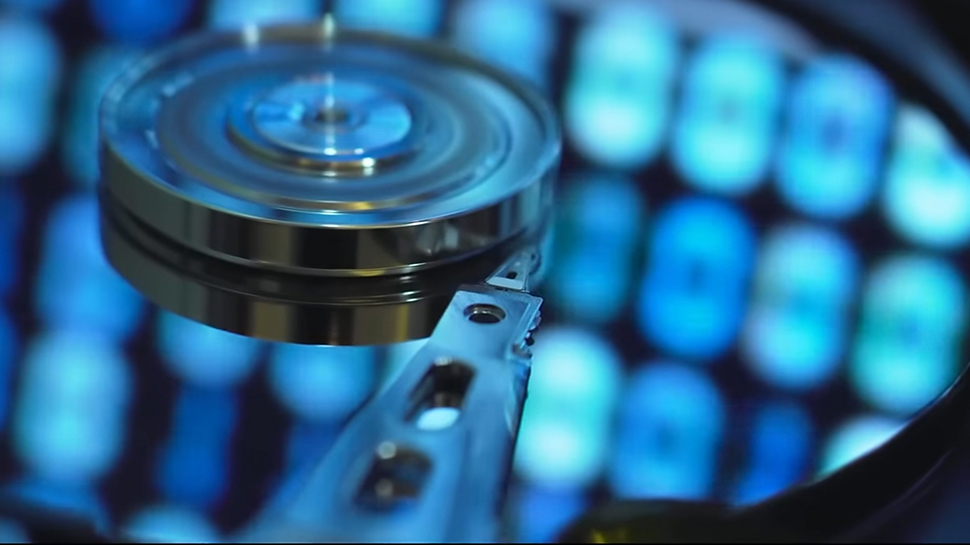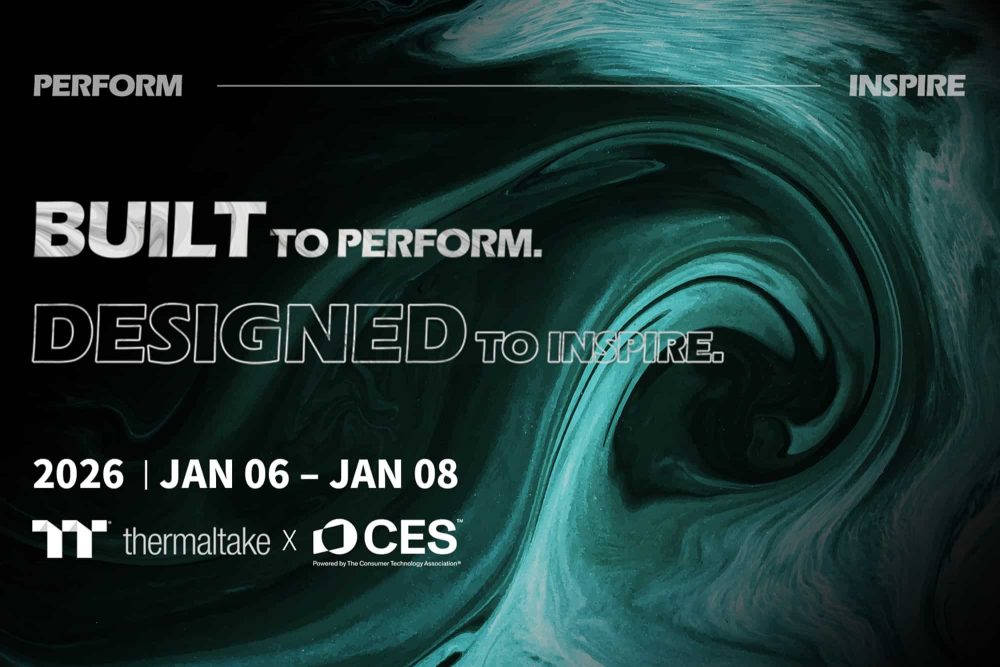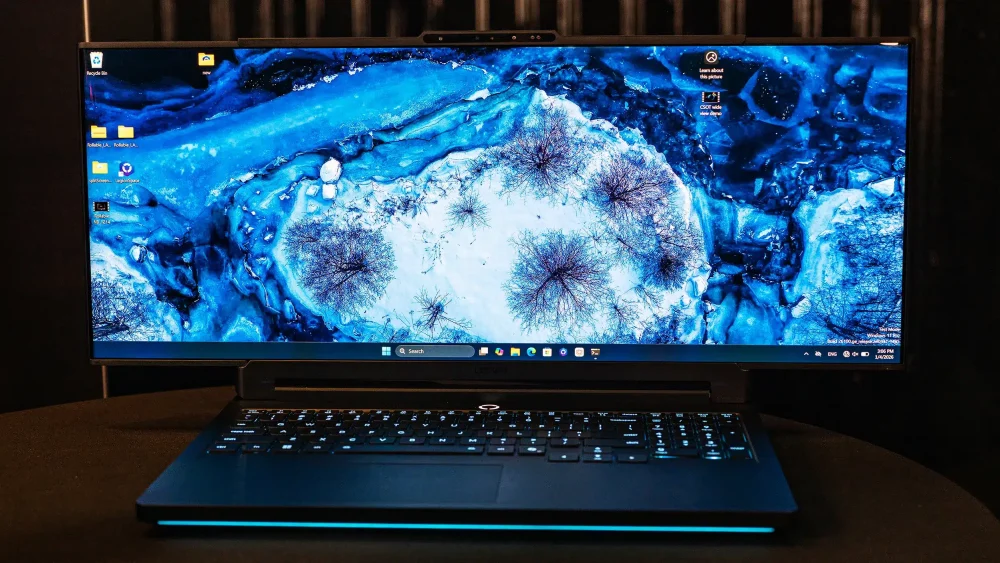In a world where AI models devour data like popcorn and cloud archives balloon beyond comprehension, one Munich-based startup has a bold pitch: let’s ditch magnetic tape and etch the future into ceramic, one femtosecond laser pulse at a time.
Cerabyte, a company barely past its prototype stage, wants to pack over 100,000 terabytes (100PB) into a single 42U rack by 2030, a feat that, if successful, would obliterate the density limits of today’s archival storage solutions. And they’re not just scribbling on glass for fun. They’re using ultrafast femtosecond lasers to carve data into ceramic layers embedded within glass tablets. Think of it as CD-R meets sci-fi particle physics, reborn in a data center.
- The Technology:
Cerabyte’s system encodes data by laser-etching nanoscopic pits into ceramic layers on glass tablets—much like an optical disc, but on substances built to last centuries. - The Hardware:
The tablets live inside cartridges, which are shuffled around robotically in tape library-style cabinets. Familiar form factor, unfamiliar physics. - Phase One (2026):
Their pilot system aims for 1 PB per rack, with a 90-second time to first byte and 100 Mbps bandwidth, which is not exactly screaming fast but acceptable for deep archival workloads. - Phase Final Boss (2030):
Cerabyte expects to hit 100PB per rack with 2GBps bandwidth and sub-10-second access latency. And it only gets wilder from there. - 2045 Vision Quest:
By mid-century, they plan to replace lasers with helium-ion beam etching, compressing bit sizes from 300 nm to 3 nm. In theory, that could scale to 100,000PB per rack—yes, a full zettabyte. No, it doesn’t exist yet. But the roadmap is, shall we say, optimistic.
Eliminate Tape
Cerabyte aims to eliminate magnetic tape by 2030, replacing it with a medium that’s fireproof, waterproof, and designed to last over 100 years, compared to tape’s modest lifespan of 7–15 years.
It also boasts better economics: a projected $1 per TB compared to tape’s $2, and faster transfer rates to boot. With read speeds of 1–2 GB/s, it outperforms LTO-9 and its successors, at least on paper.
Too Bold Or Just Too Early?
The startup has already raised $10 million in seed funding, as well as an additional $4 million in grants, with backers including Western Digital, Pure Storage, and In-Q-Tel. Now it’s gunning for Series A.
Still, even Cerabyte admits its far-future tech hinges on physics that currently only exists in lab-grade speculation. “Marvel, but discount,” seems to be the unofficial disclaimer for anything involving helium ion beams and nanoscopic particle matrices.
And there’s stiff competition too, from Microsoft’s Project Silica (also etching data into glass), to DNA storage startups and upstarts like Holomem. The archival data race is a quiet arms race, fought in nanometers and measured in millennia.
Future
Whether Cerabyte wins or not, its ceramic vision strikes a nerve in modern data infrastructure: how do we preserve data for the next hundred years without consuming excessive energy, budget, or resources?
Cerabyte might not meet its 2030 deadline, and helium-ion beams may stay locked in the lab for decades. However, even a fraction of its roadmap, if realized, could redefine how hyperscalers and governments approach cold storage.


